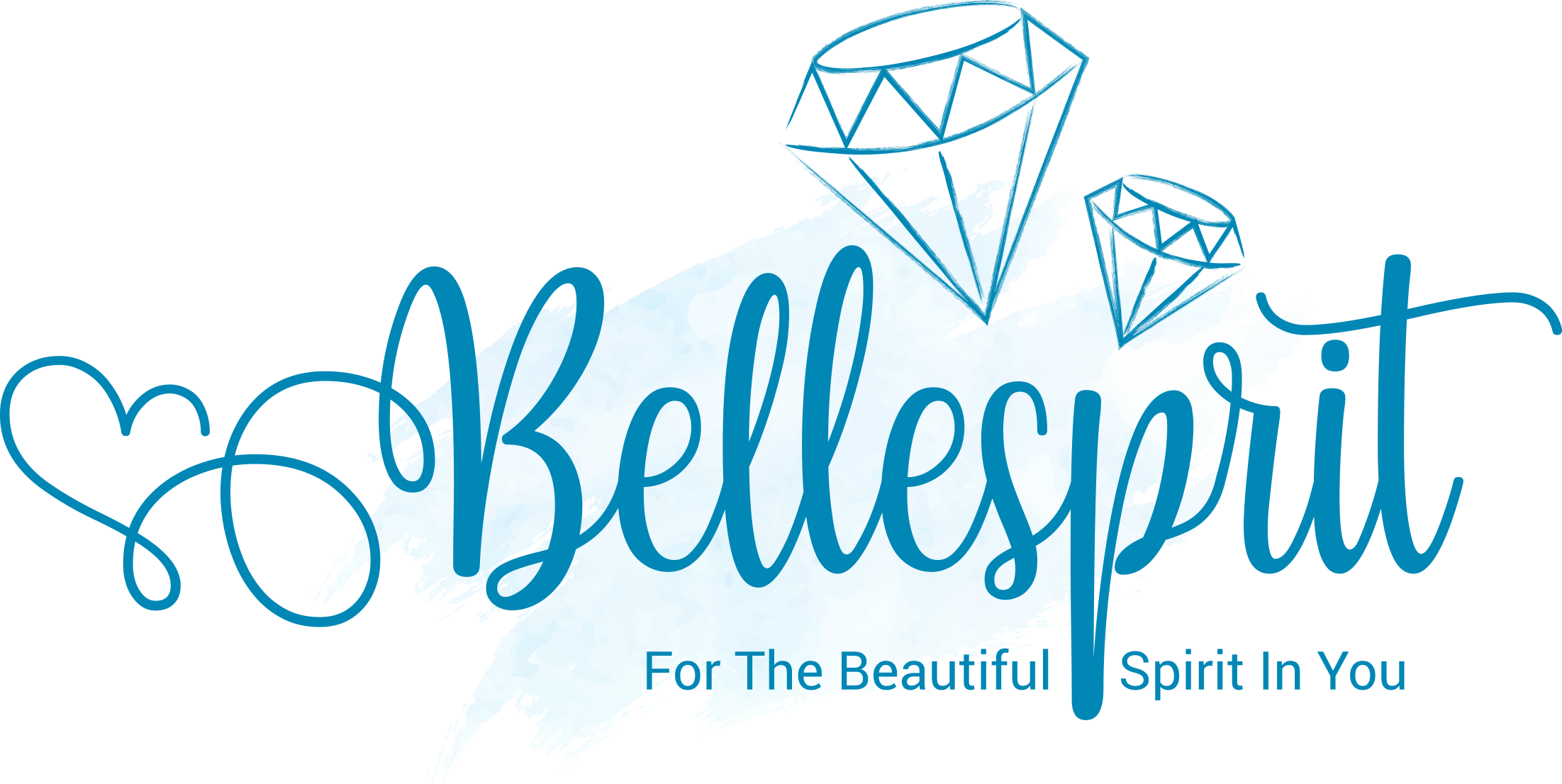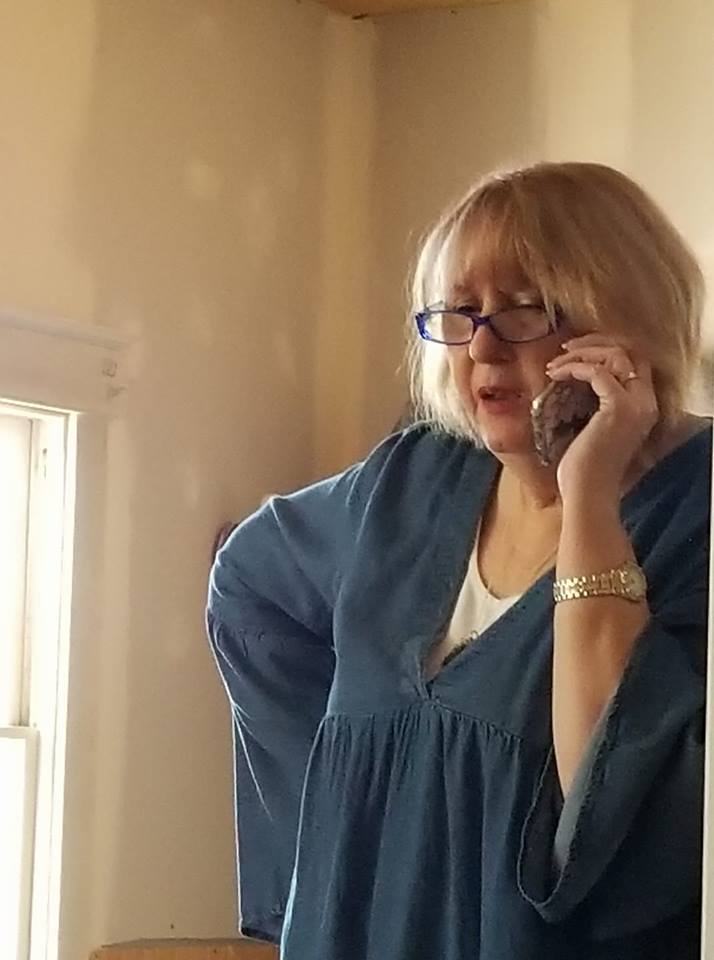The art of understanding dreams is ancient and mythological, across cultures and theories people always seek to explain the relevance of a dream. I did a three year degree in psychotherapy and the most connected I felt to people was when sharing the experience of my inner world with them. I was not judged, I was not alone; I came to understand that collectively we all have an experience that we are trying to share, but because our inner world presents it to us in a coded form we have to learn to understand our own dreams. We cannot allow another to intemperate them for us. I run workshops working with people’s dreams, and provide one on one consultations. I do not sit there while someone waits for me to understand their inner world; that is not my job. My job is to enlighten people, to awaken them to their inner selves for them to start connecting with all parts of themselves, light and dark. It has been thought for many years now that dreams are a way of us coping with everyday events, we process them while our body is at rest. They regulate our emotions and thoughts, but all too often they are dismissed or forgotten. I want to encourage you not to throw these inner communications away, they are sacred, they are part of you, they are magical and your inner self is trying to communicate something to you. Freud first put this concept in to his theory; Freud believed that a dream was a royal path of knowledge to the unconscious. While working with patients, he developed a way of interpreting other people’s dreams. He wrote extensively about it. However, the concept of another person interpreting your dream does not seem right. How can another person know more about the inner you than you? Are they not bringing their issues and preconceptions and view of the world to your inner world? This cannot be the right way to understand the phenomenon of dreams. So after much time with Freud, along came Carl Jung, he too believed that dreams connected us to the subconscious, to the inner self. However, Jung thought there were a number of inner selves, known as archetypes. These were parts of the self that talk to us from inside, and there are many different archetypes. I will go through some of the more common ones. The shadow self is the darker side of you. In order to understand your inner self you must embrace your dark side. Often the shadow is presented to us in dreams and nightmares. There is also the wise man or woman within us all, often in dreams shown as an elderly relative or person from our community. This person carries the wisdom and knowledge of being human and, through their experience, can communicate their wisdom in our dreams. There is also you as the opposite of the sex you are, so there is a projected male version of you if you are a woman or a projected female part of you if you are a man. You also have an inner child. This person is the young you, the free you, the vulnerable you. Often children are in dreams and they are there to communicate your fears and wonderment at life. Within us all is a hero self, either we are rescuing someone else or we are rescuing ourselves, or standing up to someone or something. There is also your persona, this is the ‘you’ that you chose to present to the world. It is not the real you, it is the image of you that you want others to believe in. This you is often incomplete and insecure. This is because in order to be fully functioning and in the moment you have to learn that all these parts of you need to be integrated, not to push certain aspects of your character away. You must embrace them all, they are what makes you human, and what makes you connected to everyone and everything else. It is possible through dream therapy to understand the inner you and to integrate all these parts in order to be a more rounded person living in the moment and not in a place of fear. I like to think that our sleeping head is like our own private cinema, and that our dreams are our own personal films that play out in them just for us. They are a powerful therapeutic tool; they can be played out in other context too, such as guided imagery, creative visualisation or waking dream therapy. Using these methods, people in groups or one on one can gain access to their inner self. All too often people fear the unconscious. By confronting our inner world it gives us a clear vision of our own psyche, and the opportunity to experience a universal one. By unlocking the secrets of the private film in much the same way as you might find resonance with a film is because in some way your soul identifies with it. This is the key to insight, the resonance a dream leaves you with is the feeling that there was more to be told. In building up your own frame of reference to dreaming, you are getting to know yourself better all the time. You need to befriend your dreams; you must relive them where possible by committing them to writing or drawing, anything that puts you back into that space that the dream took up. You need to remember even the tiniest details as it could be key to a new understanding. There are certain questions that you have to ask as if back in the dream, such as how am I like this? How did I end up here? What is it really like? How do I feel inside? What is the purpose here? What will happen because of this? What do I need now? Do I need to talk to someone in particular? By asking these questions as if in the dream we start to reveal hidden truths and unlock parts of ourselves. Many techniques are used in dream therapy. A good one for getting back into the mind-set of the dream is to become the aspects of the dream we are questioning the most. Be the wave that crashes over you, feel its power. Be the scared quivering leaf on the tree, feel its fear, and encourage communication between these aspects of the dream to discover more. How might they talk to each other? You can act this out or write it out, the important thing is to embody the feelings. So please dispense with the generic dream dictionary. It is time to start creating your own dream dictionary, one that is personal and written just for you by you. Your dreams are pure nature and are spontaneous and they exist to teach you more about you and the world we live in. Be alert to the symbols and imagery in your dreams. They transcend the dream world to everyday life, and like when you find a picture you love, it is because your soul is trying to communicate with you through it. Use the therapeutic power of dreaming to get to know the inner you and to accept all aspects of your character, therefore you can be more whole and genuine as a result. You can live in the moment and fully experience life. You have the answers within you. Good dream therapy should mean you are free to explore your own conclusions and build your own dictionary relating to your dreams. Find a way of expressing your dreams. Art, poetry, song, objects and stories all help to unravel the inner world, trust yourself and your dreams to know the right way ahead.
]]>You also might be interested in
There is great controversy amongst spiritual light and energy workers, creatives, healers, intuitives, and heart-centered innovators around the topic of money, as if money itself is anything but neutral. This dissension can show itself in polarized points of view, the result of our experience of duality; of separation from the divine itself. When the subject […]
Recently I was certified in hypnosis. Throughout my classes I have had to be hypnotized many times for the other students to practice our hypnosis sessions and scripts. For this particular class we were learning how to use hypnosis to strengthen our spiritual gifts. It was my turn and I was in the chair going […]
About Bellesprit

Bellésprit (pronounced bell-e-spree) was born out of a desire to educate those who seek to expand their knowledge along their spiritual path. Featuring many contributors who are experts in their field, Bellésprit has a little bit of something for everyone who desires to learn more about spirituality, metaphysics, and the paranormal world.

